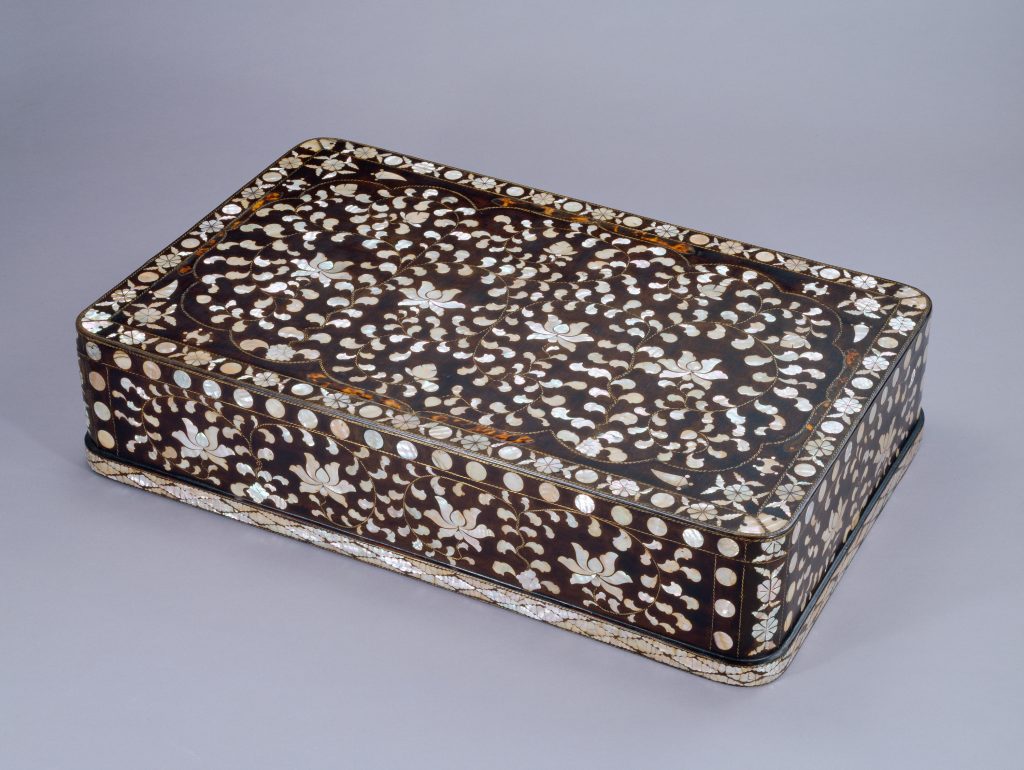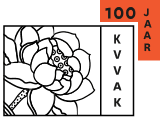The Position of Korean Lacquerware in East Asian Art: Cultural Exchanges and Transformations

This study explores Korean lacquerware with mother-of-pearl inlay (najeonchilgi) during the
Eighteenth century, when lacquer traditions across East Asia reached remarkable artistic and technical refinement. While Japanese maki-e and Chinese carved lacquer (diaoqi) from this period have been extensively studied, Korean lacquerware remains relatively underexamined despite its sophisticated craftsmanship and distinctive visual language.
Focusing on three key dimensions – technique, iconography, and form – this research analyzes how Korean artisans developed a unique aesthetic vocabulary within a shared regional context. Comparative analysis with Japanese and Chinese examples reveals both common stylistic tendencies and distinctly Korean innovations in decorative expression.
In doing so, the study reflects on the long-term transmission of lacquer techniques and cultural motifs across East Asia, tracing how historical interactions shaped the development of najeonchilgi and its distinctive identity. Although Korean lacquerware was less widely
circulated abroad, its aesthetic qualities and technical sophistication aligned with the broader image of East Asian lacquer that emerged in Europe during the seventeenth to nineteenth centuries. Korean lacquerware is thus positioned as both a regional artistic achievement and a participant in broader processes of cultural exchange and material reception.
Bio
Gowoon Yu is a Master’s student in Intangible Cultural Heritage Studies at the Korea National University of Heritage, where she also completed her undergraduate degree. Her research explores traditional East Asian craftsmanship, with a particular focus on lacquerware and its transcultural dimensions. She wrote her undergraduate thesis on 17th–18th century Chinese Coromandel lacquer screens, analyzing the production techniques and cultural significance of Guan-chai lacquer. As an exchange student at Freie Universit.t Berlin, she deepened her interest in East Asian art history from a global perspective. She has worked on heritage documentation and international craft revitalization projects at the Korea Heritage Service and UNESCO ICHCAP, and she is currently preparing for an upcoming internship at the Center for Korean Studies, University of Hawai‘i at Mānoa.
